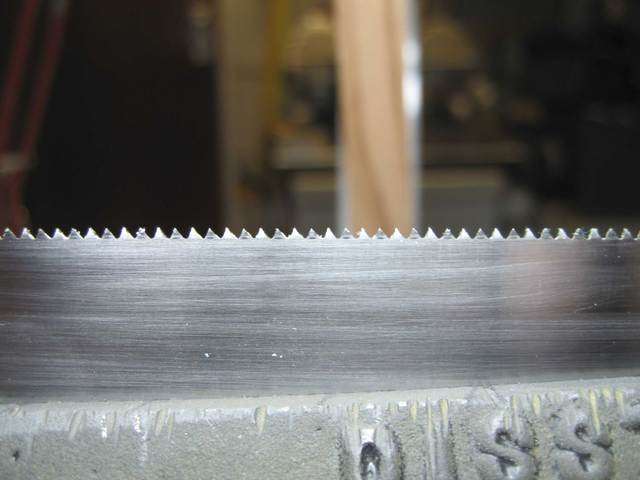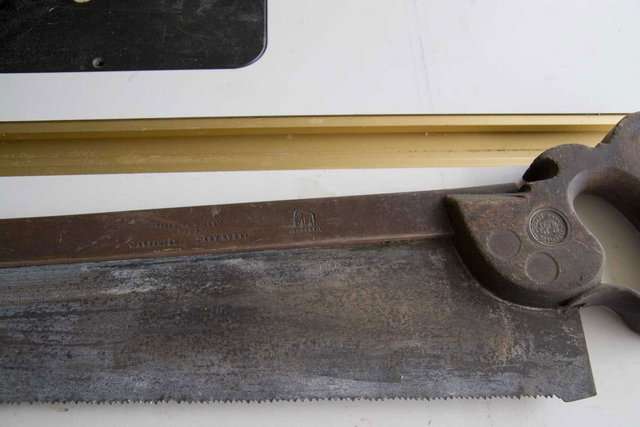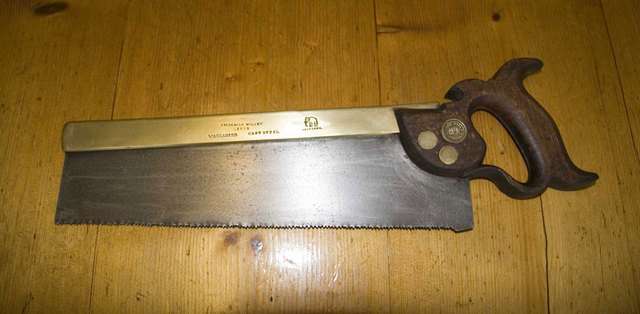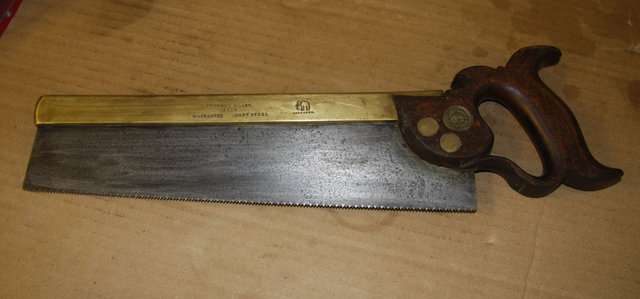bugbear
Established Member
Harbo":2y7fqtgm said:Could not post photos before but here's some.
The results were much worse in the flesh!!

Those look pretty good to me - probably at least as good as I achieve.
BugBear

Harbo":2y7fqtgm said:Could not post photos before but here's some.
The results were much worse in the flesh!!

pedder":2f1mq6z9 said:- For me it is essantial to have equal gaps from the first stroke. After the first pass I look at this. If the gaps are unequal, I'll file the hole saw flat again.
Mikey R":232jaz9e said:Heres a related question - are hardpoint saws made from the same spring steel as classic saws?
So, could a cut a new blade from an old homebase blade and file my own teeth in?
Pete Maddex":u2slzvww said:Hi,
I have made scrapers from hardpoint saws and the perform just like scrapers from old saw blades, so I guess if you cut off the hardened teeth (saw away from the heat treated section) and file new teeth, but why not get an old saw with a nice wooden handle and sharpen it?
Pete




bugbear":yerm7siq said:pedder":yerm7siq said:- For me it is essantial to have equal gaps from the first stroke. After the first pass I look at this. If the gaps are unequal, I'll file the hole saw flat again.
Wow - that's way too much work; in any case knowing how to "even up" uneven gaps is an essential skill when you're restoring a saw with a few bad teeth. Having to completely retooth in those circumstances is a waste of time, effort, and saw metal!
BugBear




bugbear":3ugqoa1s said:Wow - that's way too much work; in any case knowing how to "even up" uneven gaps is an essential skill when you're restoring a saw with a few bad teeth.
BugBear